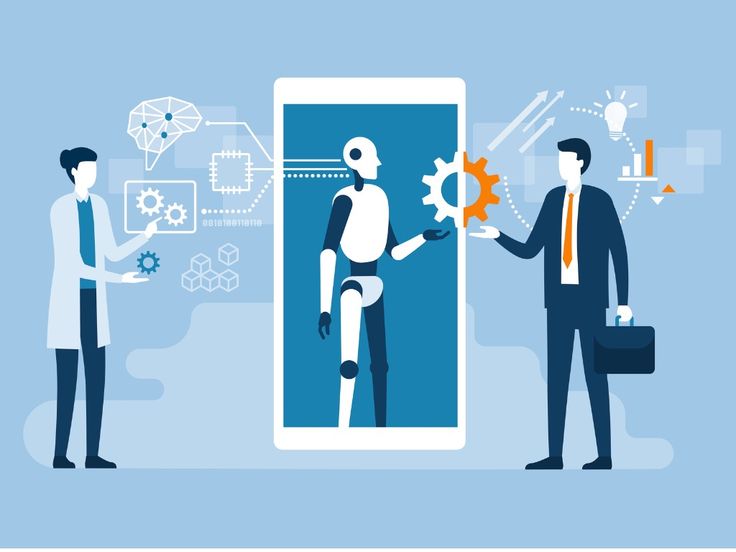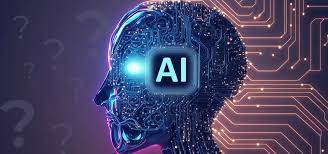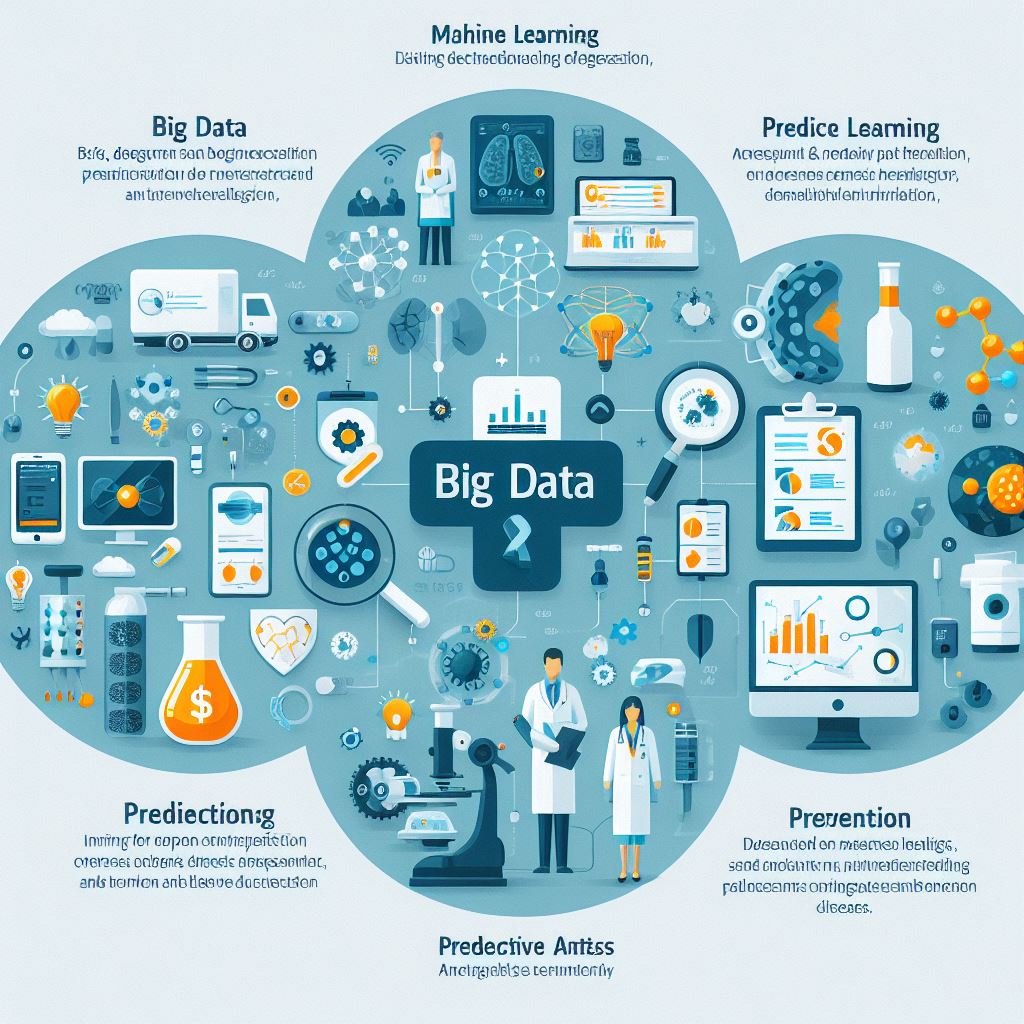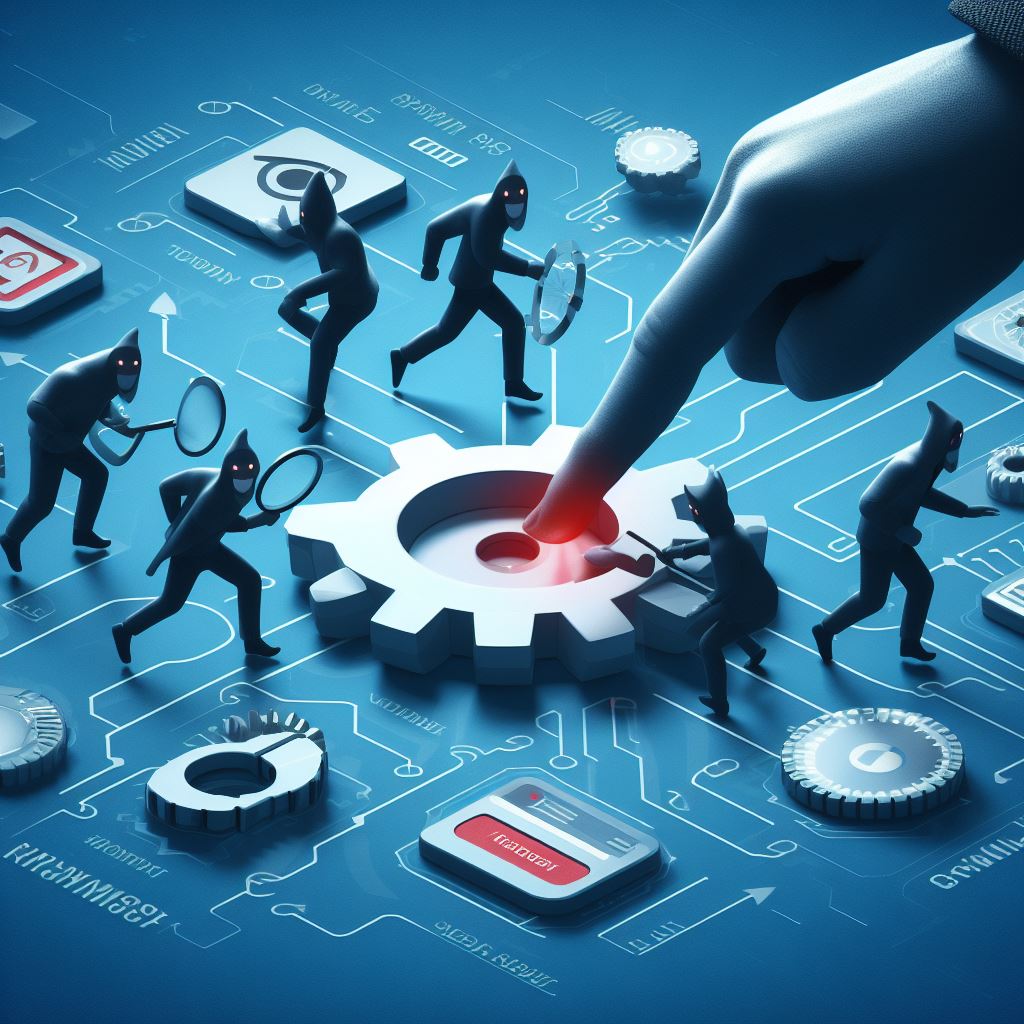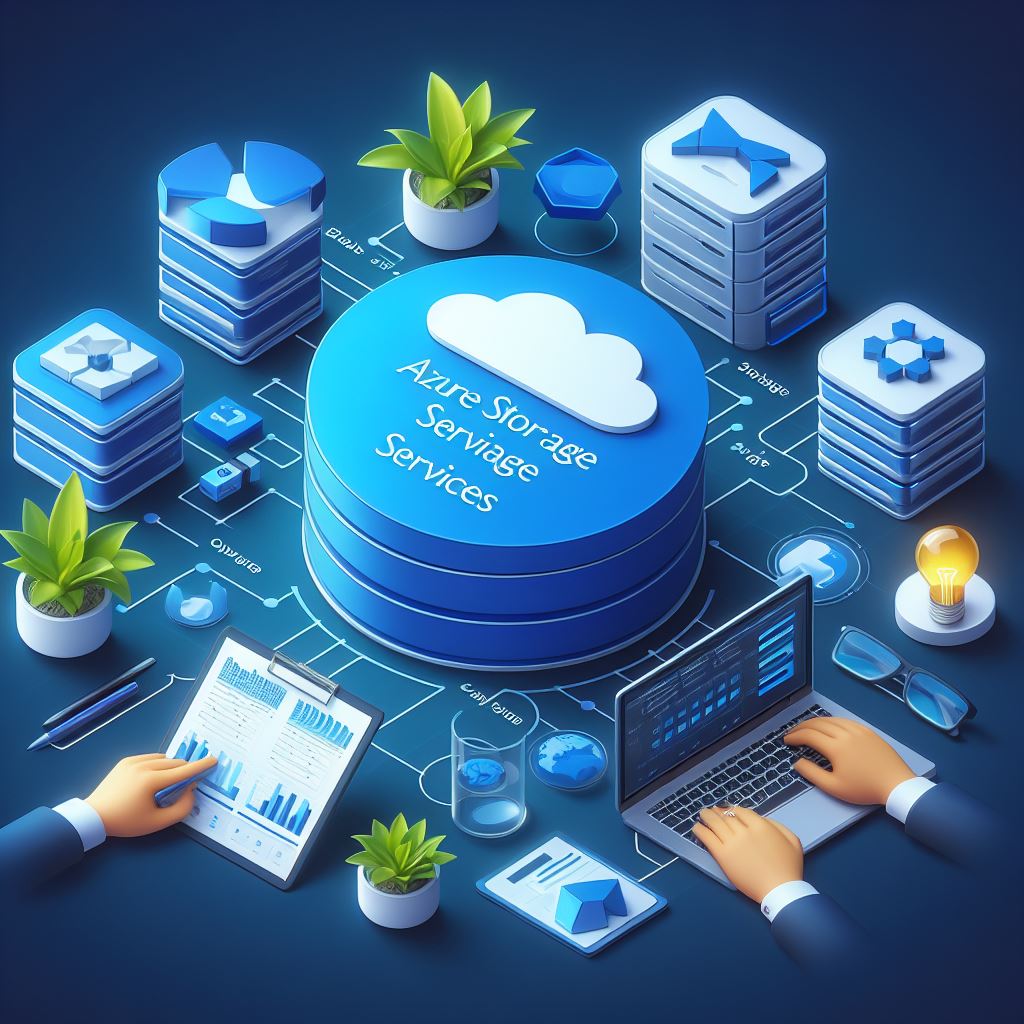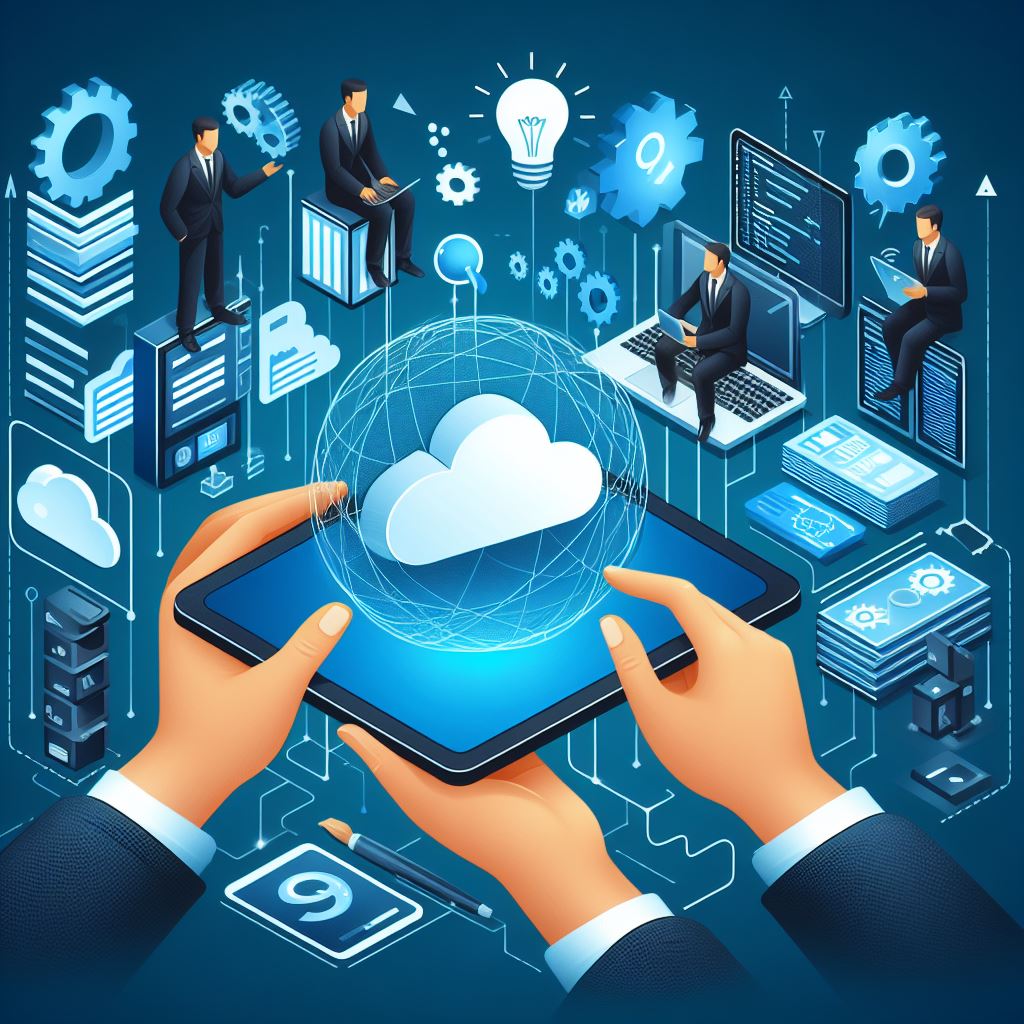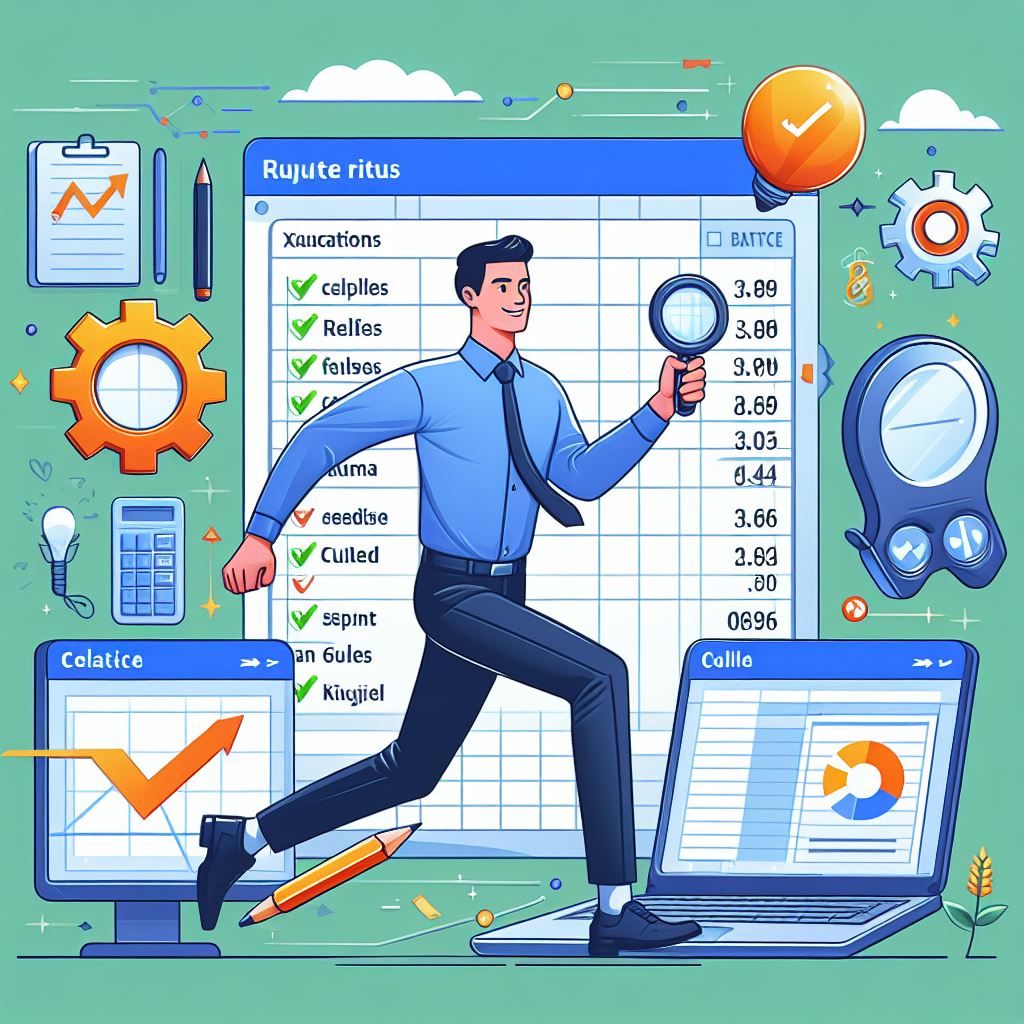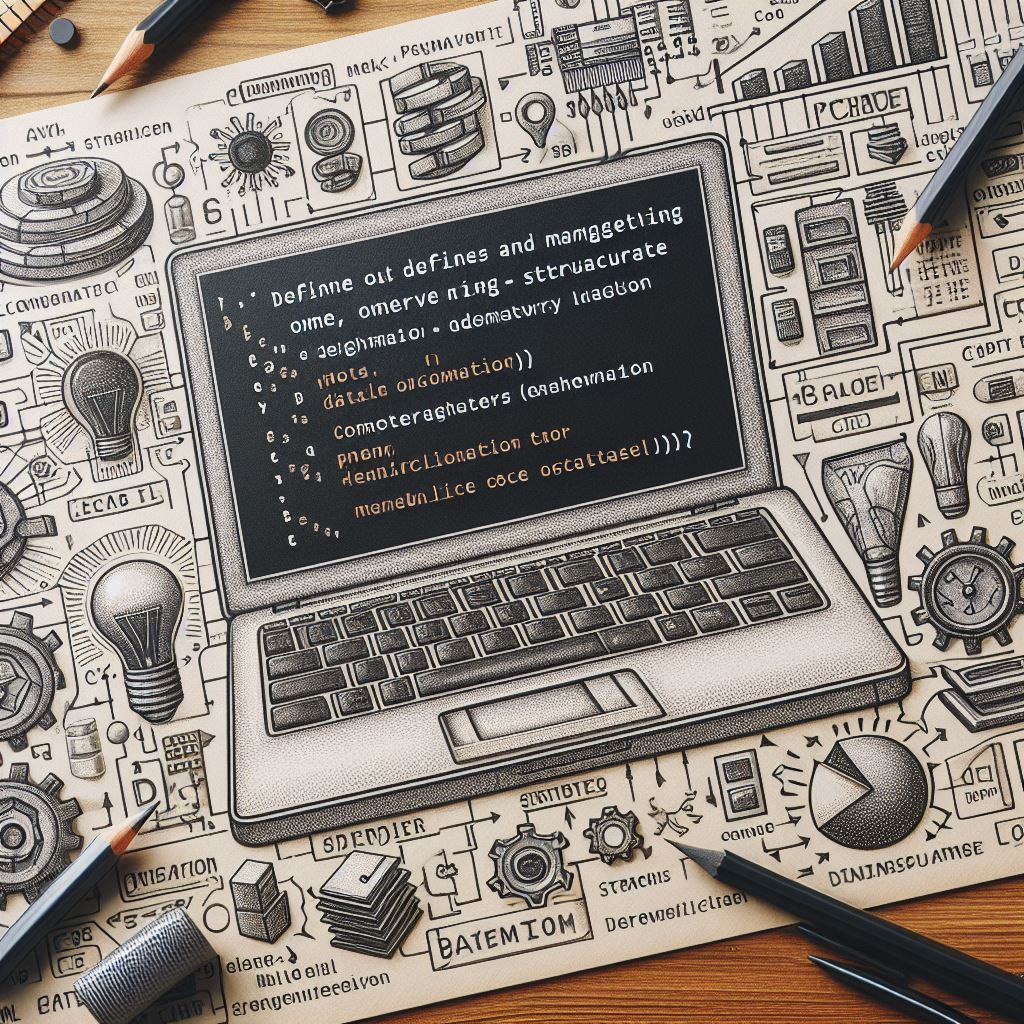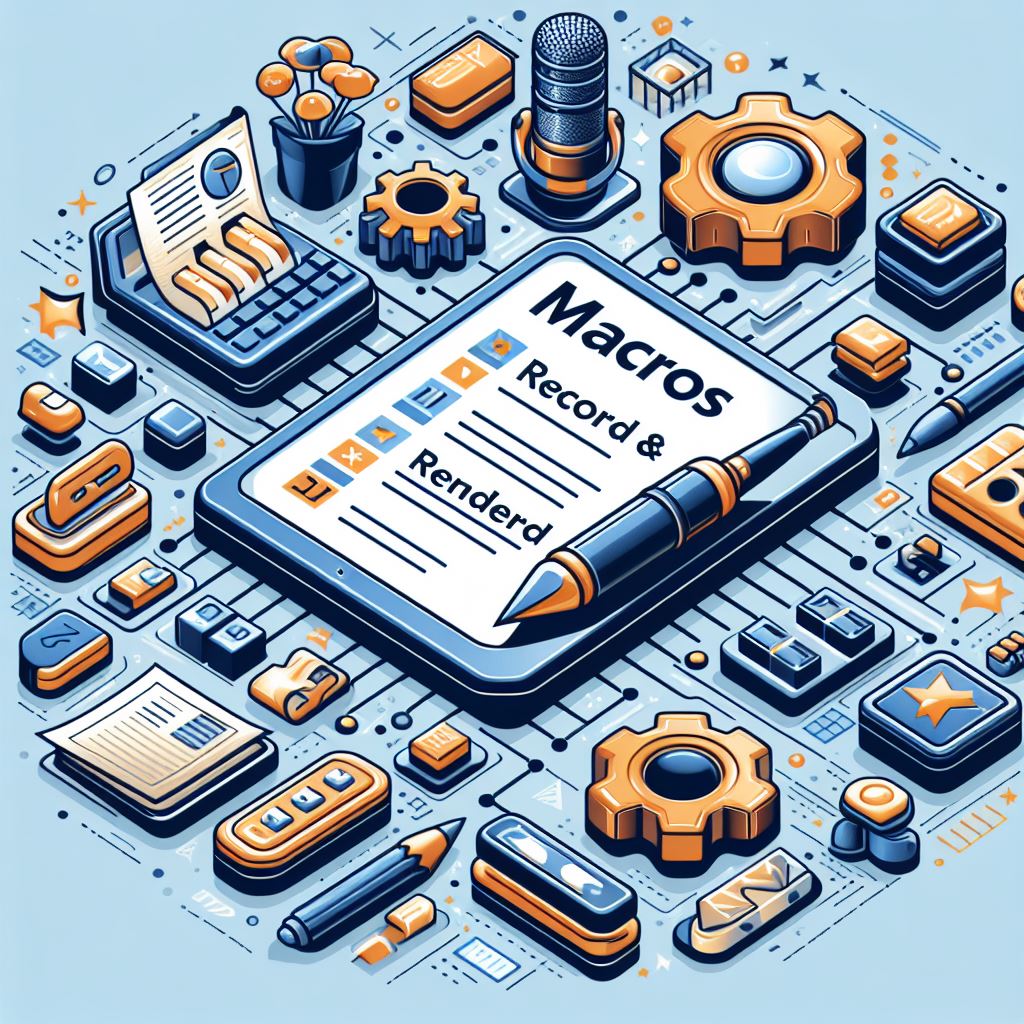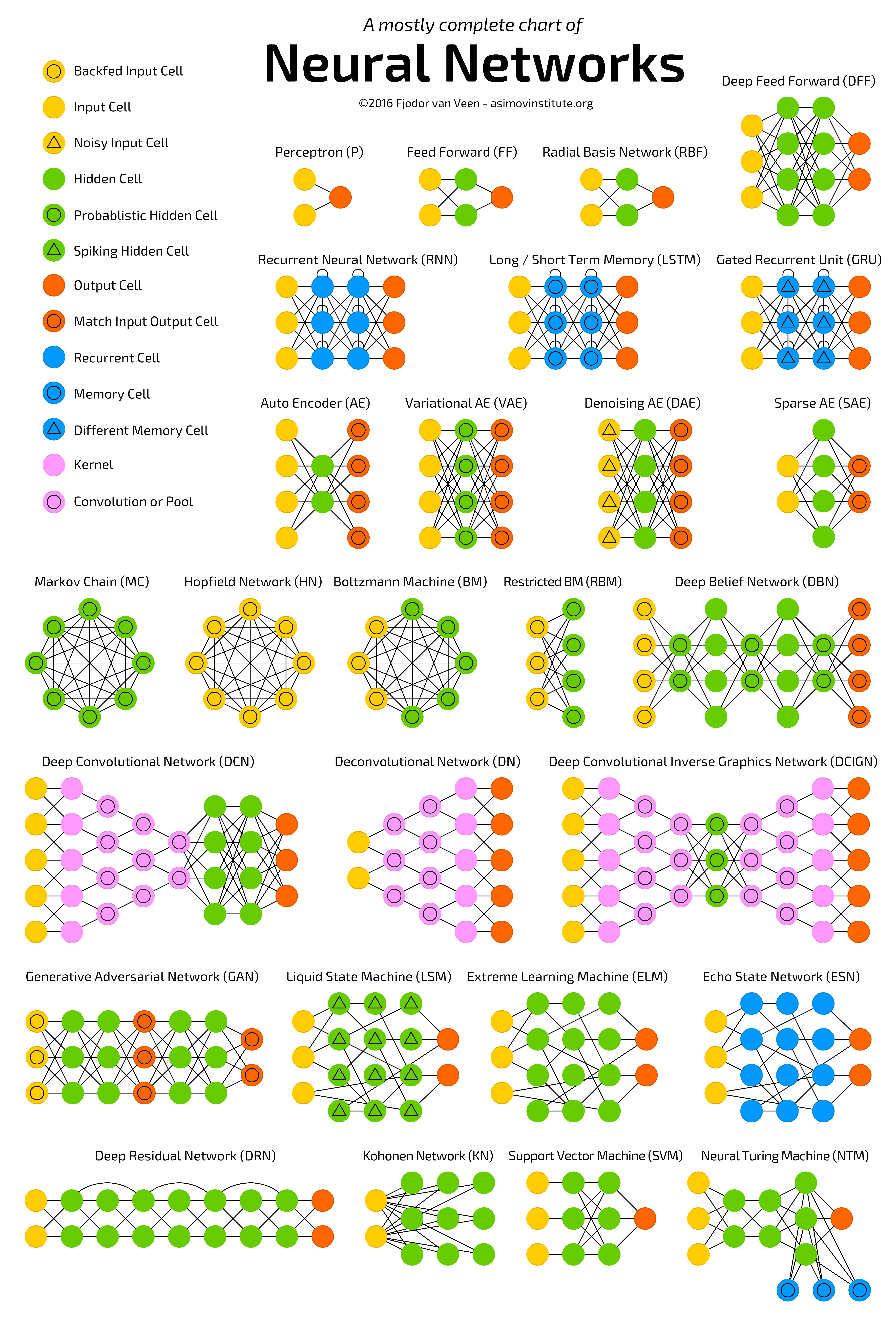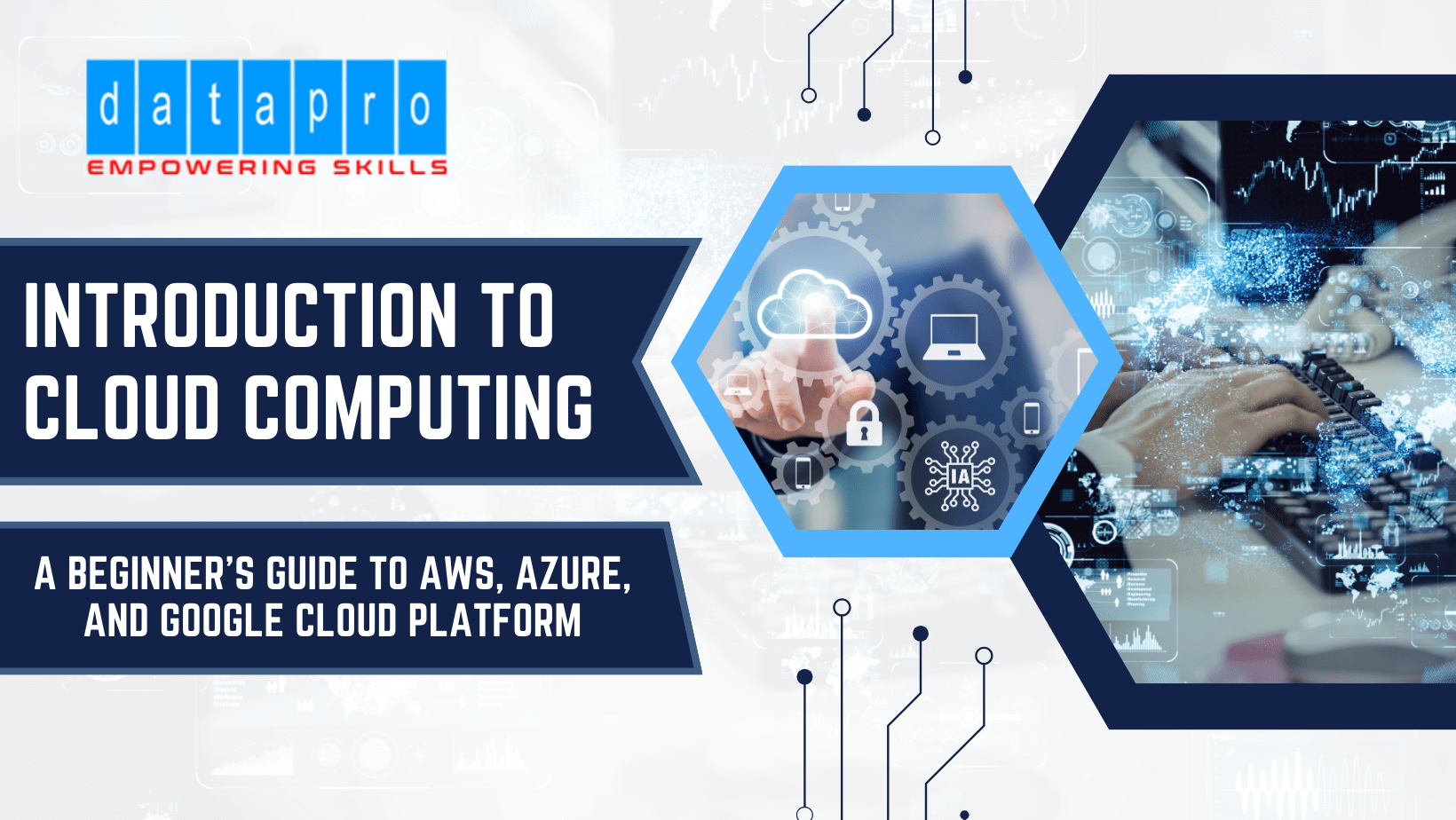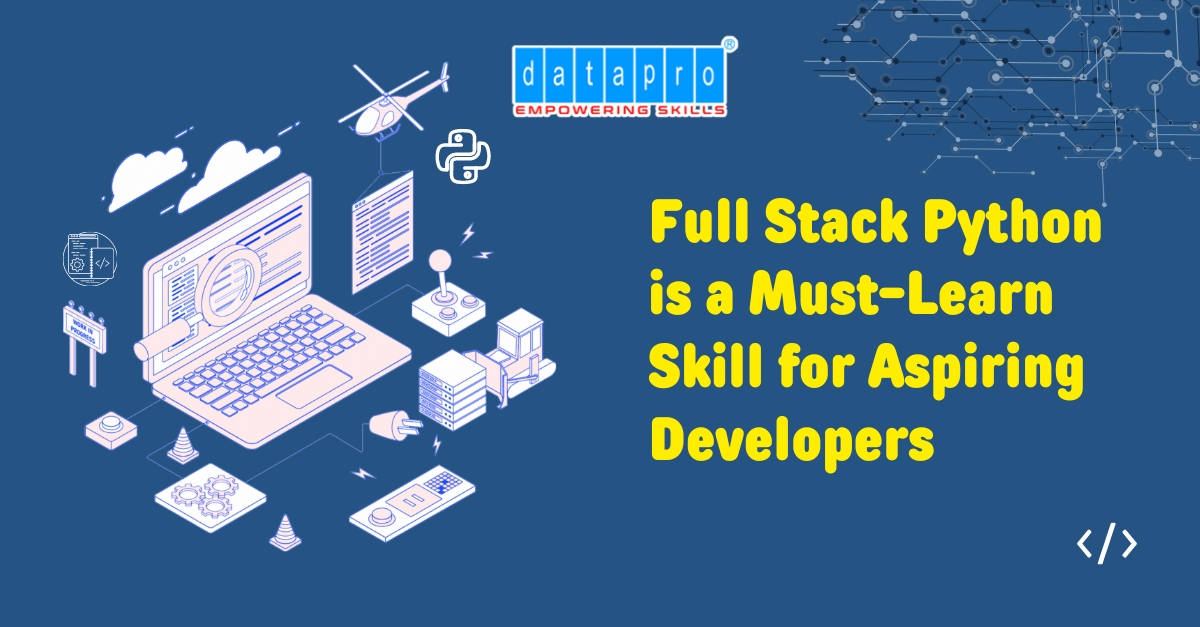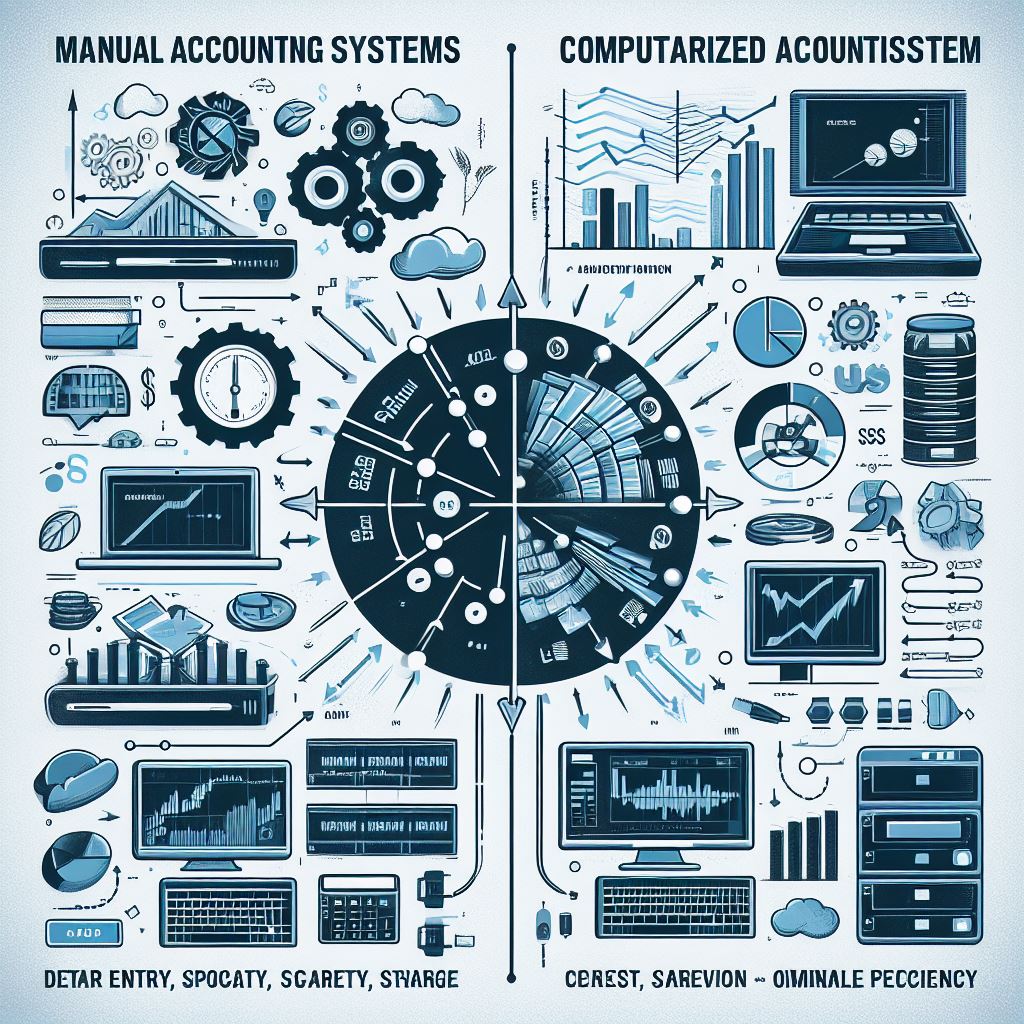
The mystery between manual accounting and computerized accounts sparks a fascinating journey into the heart of financial management. Imagine the precision and reliability of a computerized system versus the traditional hands-on approach. With manual accounts, every entry is a tactile experience, while the digital world offers instantaneous calculations and data storage. As industries evolve, it's pivotal to discern which method best suits your organizational needs. This article will shed light on the advantages and considerations of both, enabling you to make an informed decision that is consistent with your operational goals. Embark on this enlightening exploration as we uncover the intricacies and differences between manual accounts and computerized accounts, paving the way for streamlined financial management.
Advantages and Disadvantages of Manual Accounts
Manual accounting, with its historical roots, has its own set of advantages and disadvantages. The process is time-consuming and prone to human error, which can lead to inaccuracies that impact financial reporting. Additionally, the lack of real-time financial insights can hinder decision-making and strategic planning. On the other hand, computerized accounts offer unparalleled speed, accuracy, and automation, reducing the potential for human errors and enabling real-time access to financial data. However, they require initial investment in software and training, and the reliance on technology introduces the risk of system malfunctions and security breaches.
Advantages and Disadvantages of Computerized Accounts
Computerized accounting platform systems streamline the entire financial management process, offering unparalleled efficiency and accuracy. The automation of calculations, data entry, and report generation saves valuable time and minimizes errors, empowering businesses to make data-driven decisions. Real-time access to financial information provides a comprehensive understanding of the company's financial health, enabling proactive financial planning and strategic decision-making. However, the initial setup cost and training requirements can be substantial, and the reliance on technology introduces the risk of system malfunctions and security breaches. Additionally, the complexity of some software may require ongoing support and updates, adding to the overall cost of ownership. Despite these challenges, the benefits of computerized accounts far outweigh the drawbacks, making them the preferred choice for modern businesses seeking efficiency and accuracy in financial management.
Key Differences between Manual and Computerized Accounts
The key difference between manual and computerized accounts lies in their approach to data entry, processing, and reporting. Manual accounts rely on physical journals, ledgers, and spreadsheets, where each entry is meticulously recorded by hand. This hands-on approach requires a deep understanding of accounting platforms principles and meticulous attention to detail. In contrast, computerized accounts utilize specialized accounting software that automates data entry, calculations, and report generation. This digital approach provides real-time access to financial information, enabling quick decision-making and strategic planning. The transition from manual to computerized accounts signifies a shift from manual data entry and calculations to automated accounting software processes, enhancing efficiency and accuracy while reducing the potential for human error. Embracing computerized accounts empowers businesses to streamline their financial management, optimize resource allocation, and adapt to the dynamic demands of the digital age.
Transitioning from Manual to Computerized Accounts
The transition from manual to computerized accounts marks a significant milestone in a company's financial management journey. While manual accounting has its merits, the limitations in terms of scalability, efficiency, and real-time insights necessitate the adoption of computerized systems. The process of transitioning involves evaluating the business's accounting needs, selecting the right software, and training the accounting team to effectively use the new system. Additionally, ongoing support and training are crucial to maximize the benefits of computerized accounts and address any challenges that may arise during the implementation phase.
Importance of Accuracy and Security in Computerized Accounts
In the realm of computerized accounts, accuracy and security are paramount. The automation of financial processes and the reliance on digital data necessitate robust security measures to safeguard sensitive financial information. Implementing access controls, encryption methods, and regular data backups is essential to mitigate the risk of unauthorized access, data breaches, or system failures. Additionally, ensuring the accuracy of data input and system-generated reports is crucial for informed decision-making and regulatory compliance. Regular reconciliation of accounts, audit trails, and internal controls play a pivotal role in maintaining data accuracy and integrity within the computerized accounting system. By prioritizing accuracy and security, businesses can harness the full potential of computerized accounts while safeguarding their financial data from potential threats.
Training and Skills Required for Computerized Accounts
The transition to computerized accounts necessitates a focus on training and skill development to ensure the effective utilization of accounting software. Employees must acquire proficiency in navigating the software interface, entering data accurately, generating financial reports, and interpreting the insights derived from the system. Training programs tailored to the specific accounting software can equip employees with the necessary skills to leverage the system's capabilities and maximize efficiency. Furthermore, ongoing skill development and staying abreast of software updates and advancements are crucial to harness the full potential of computerized accounts. Investing in the continuous training and skill enhancement of the accounting team is an investment in the company's financial management capabilities, enabling them to adapt to evolving technologies and drive operational excellence.
The Future of Manual and Computerised Accounts
As technology continues to advance, the future of manual and computerized accounts unfolds with intriguing possibilities. While manual accounts may hold sentimental value and historical significance, the demand for efficiency, accuracy, and real-time insights propels the widespread adoption of computerized systems. The integration of artificial intelligence, machine learning, and blockchain technology into tally accounting software heralds a new era of automation, predictive analytics, and enhanced security within computerized accounts. This evolution promises to revolutionize financial management, offering unparalleled efficiency and strategic value to businesses across industries. The future lies in embracing the digital transformation of tally accounting processes, empowering businesses to thrive in an increasingly competitive and data-driven landscape.
Conclusion
In conclusion, the debate between manual and computerized accounts illuminates the transformative power of technology in redefining financial management. Understanding the advantages and considerations of both methods empowers businesses to make informed decisions that align with their operational objectives. The transition from manual to computerized accounts signifies a pivotal shift towards efficiency, automation, and strategic value. By prioritizing accuracy, security, and skill development within computerized accounts, businesses can harness the full potential of technology to drive operational excellence and thrive in a dynamic, digital-centric landscape. Embrace the evolution, choose wisely, and unlock the power of modern financial management and tally course.




